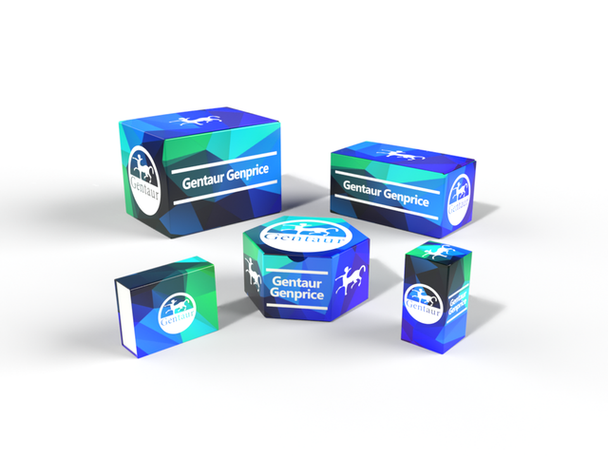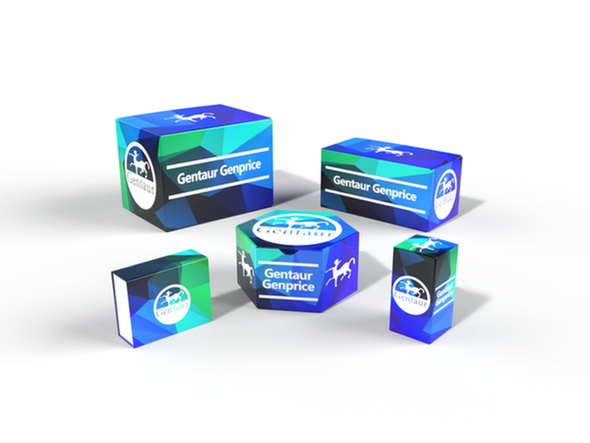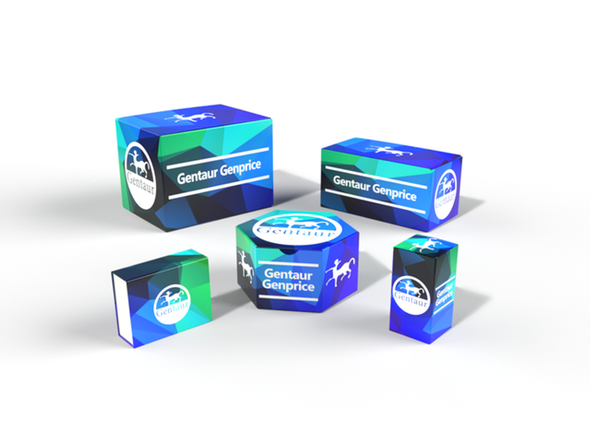749
Caspase-4 Polyclonal Antibody | ABP0173
- SKU:
- 749-ABP0173
- Availability:
- Usually ships in 5 working days
Description
Caspase-4 Polyclonal Antibody | ABP0173 | Gentaur UK, US & Europe Distribution
Immunogen: Synthesized peptide derived from the Internal region of human Caspase-4
Product Category: Protein
Application: Protein General Reagents
Product Type: Selected Primary Antibodies
Host: Rabbit
Reactivity: Human, Mouse, Rat
Application: WB, IHC-P, ELISA
Application Note: Optimal working dilutions should be determined experimentally by the investigator. Suggested starting dilutions are as follows: WB (1:500-1:2000), IHC-P (1:100-1:300), ELISA (1:40000) . Not yet tested in other applications.
Clonality: Polyclonal
Isotype: Rabbit IgG
Formulation: Liquid solution
Kit Component: N/A
Concentration: 1 mg/ml
Storage Buffer: PBS containing 50% Glycerol, 0.5% BSA and 0.02% Sodium Azide.
Storage Instructions: Stable for one year at -20°C from date of shipment. For maximum recovery of product, centrifuge the original vial after thawing and prior to removing the cap. Aliquot to avoid repeated freezing and thawing.
Shipping Condition: Gel pack with blue ice.
Background: CASP4 (caspase 4) encodes a protein that is a member of the cysteine-aspartic acid protease (caspase) family. Sequential activation of caspases plays a central role in the execution-phase of cell apoptosis. Caspases exist as inactive proenzymes composed of a prodomain and a large and small protease subunit. Activation of caspases requires proteolytic processing at conserved internal aspartic residues to generate a heterodimeric enzyme consisting of the large and small subunits. This caspase is able to cleave and activate its own precursor protein, as well as caspase 1 precursor. When overexpressed, caspase 4 induces cell apoptosis. Alternative splicing results in transcript variants encoding distinct isoforms.
Alternative Names: CASP4; ICH2; Caspase-4; CASP-4; ICE (rel) -II; Protease ICH-2; Protease TX
Precaution: The product listed herein is for research use only and is not intended for use in human or clinical diagnosis. Suggested applications of our products are not recommendations to use our products in violation of any patent or as a license. We cannot be responsible for patent infringements or other violations that may occur with the use of this product.






